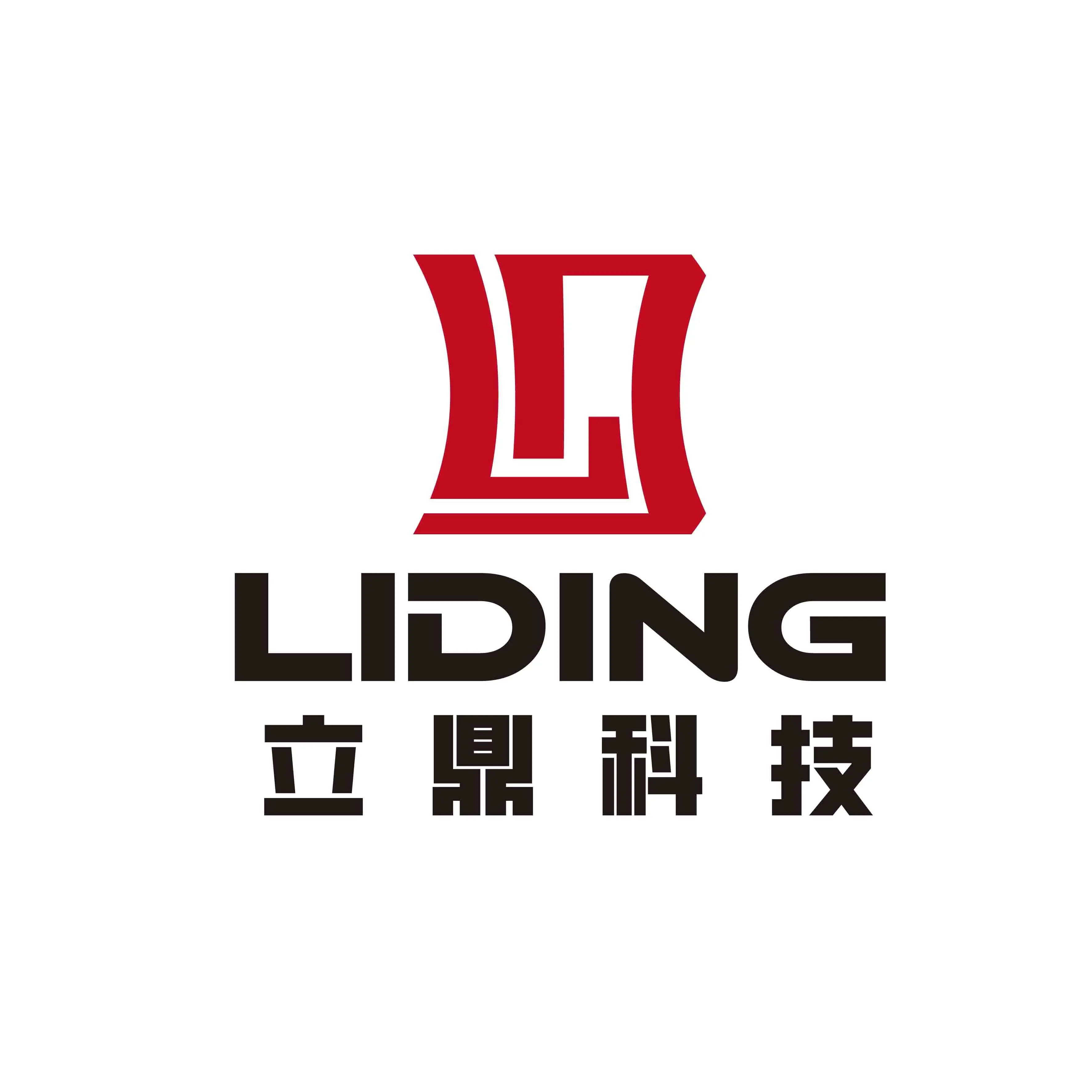Cold forming machinery quality purchase selection points of attention
When evaluating the quality of a roll forming machine, you need to inspect both mechanical components and operational performance in detail. Below is a step-by-step guide to ensure you select a high-quality machine.
1. Structural & Mechanical Quality Check
A. Frame & Base Construction
Material: The frame should be made of high-strength steel (e.g., welded steel plate, not cast iron).
Rigidity: Check for minimal deflection under load (use dial indicators if possible).
B. Roller Shafts & Bearings
Shaft Material: Should be hardened alloy steel (e.g., 42CrMo, HRC 50+).
Bearing Type: High-precision SKF/NSK/FAG bearings
Runout Tolerance: Shaft runout should be ≤ 0.02mm (check with a dial gauge).
C. Rollers (Dies) Quality
Material: Tool steel (D2, SKD11) or carbide-coated for long life.
Surface Finish: Polished to Ra ≤ 0.4μm to prevent material sticking.
Hardness: HRC 58-62 (verify with a hardness tester).
Alignment: Rolls must be parallel (±0.01mm) to avoid uneven forming.
D. Drive System
Motor & Gearbox:
Branded motors (Siemens, ABB, WEG) with variable frequency drive (VFD).
Gearbox should be helical or planetary type (avoid worm gear for high-speed machines).
Chain/Belt Drive: Should be tight & backlash-free (check tension).
2. Operational Performance Testing
A. Speed & Consistency
Maximum Speed: Test if the machine runs smoothly at advertised RPM (e.g., 30-100 m/min).
Thickness Handling: Verify it can form maximum material thickness without deformation.
B. Forming Accuracy
Dimensional Tolerance: Measure finished product with calipers/micrometers (should be ±0.1mm or better).
Profile Straightness: Use a straightedge/laser to check for bow/twist (≤1mm per meter).
C. Material Feeding & Cutting
Feeder System: Should be servo-driven for precision (avoid pneumatic if high accuracy is needed).
Cutting Mechanism:
Hydraulic cutters should have minimal burr (≤0.05mm).
Flying cutters must sync perfectly with line speed.
D. Lubrication & Cooling
Automatic Lubrication: Check if oil mist or centralized grease system is present.
Cooling System: Needed for high-speed forming (air/water cooling on critical rollers).
3. Control System & Automation
A. PLC & HMI Interface
Brand: Siemens, Mitsubishi, or Allen-Bradley PLCs (avoid no-name controllers).
User Interface: Touchscreen HMI with easy programming for different profiles.
B. Sensors & Safety
Material Detection: Optical/laser sensors to prevent misfeeds.
Emergency Stop: Dual-circuit braking for instant shutdown.
Safety Guards: CE/OSHA compliance with interlocks.
C. Automation Compatibility
Robot Integration: Check if it supports auto-loading/unloading.
Data Logging: For OEE tracking (production efficiency monitoring).
4. Supplier & After-Sales Support
A. Manufacturer Reputation
Years in Business: Prefer 10+ years of experience.
Customer Reviews: Check third-party testimonials (avoid fly-by-night suppliers).
B. Warranty & Spare Parts
Warranty Coverage: At least 1-2 years on critical parts.
Spare Parts Availability: Ask for lead time on rollers, shafts, and bearings.
C. On-Site Testing & Training
Factory Acceptance Test (FAT): Demand a live demo with your material.
Operator Training: Ensure supplier provides setup & maintenance training.
5. Final Checklist Before Purchase
Checkpoint Acceptance Criteria
Frame Rigidity No visible flex under load
Roller Hardness HRC 58+ (verified)
Shaft Runout ≤0.02mm
Forming Tolerance ±0.1mm or better
Speed Test Runs smoothly at max RPM
Cutting Quality Burr ≤0.05mm
Control System Branded PLC (Siemens, Mitsubishi)
Safety Compliance CE/OSHA certified
Warranty 1-2 years minimum





